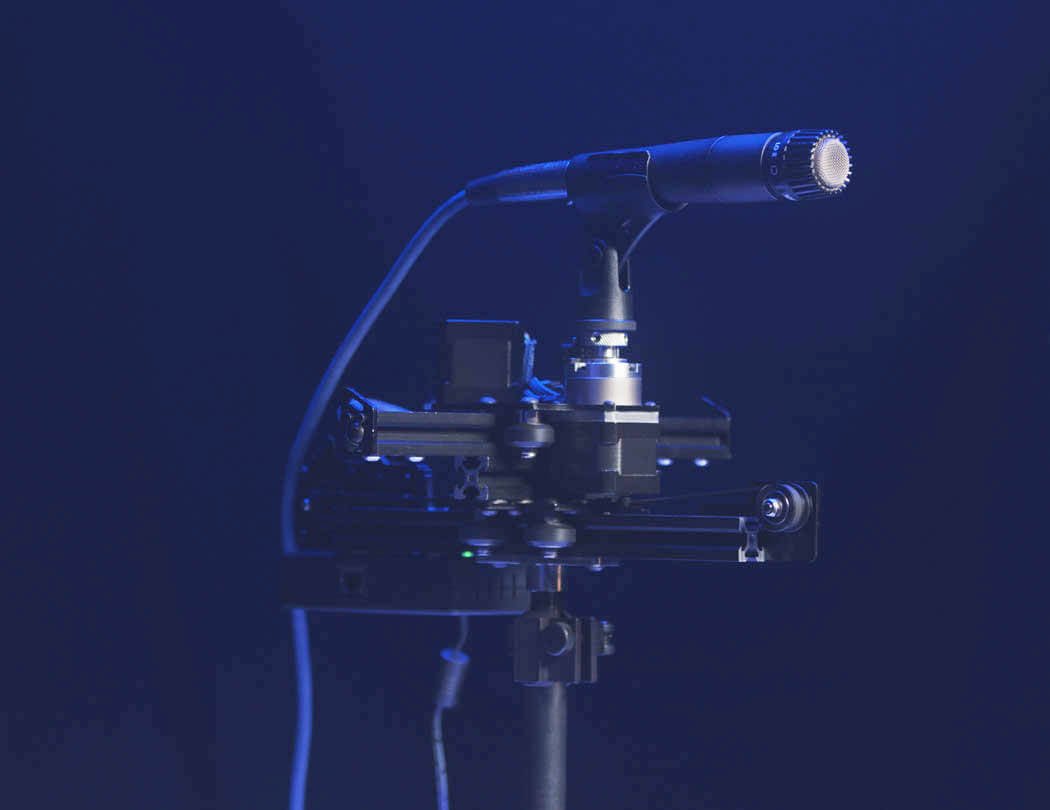9 Trends in Sound Mixing Studio Technology to Watch in 2023
As the realm of sound mixing studio technology continues to evolve, staying updated with the latest trends is crucial for audio engineers and producers. This year, we are witnessing significant advancements that are set to redefine how we understand and interact with sound. From innovative software developments to groundbreaking hardware enhancements, these trends promise not only to elevate audio quality but also to enrich the creative process. Let's delve into the most exciting trends poised to shape sound mixing studios in 2023.
1. Embracing Immersive Audio Formats
Immersive audio formats are on the rise, promising listeners a more three-dimensional auditory experience. Technologies like Dolby Atmos and Sony 360 Reality Audio are pioneering these advancements, making it possible to create soundscapes that trickle beyond traditional stereo setups. As consumer expectations grow, studios are adopting these formats to stay ahead of the curve. By simulating realistic environments and spatial sound placement, immersive formats offer a transformative listening experience that captivates and engages audiences on a new level.
The shift towards these formats is reshaping not just music production but also film and gaming industries, where the desire for fully enveloping audio experiences is growing. Innovations in hardware and software are facilitating this change, enabling sound engineers to craft multidimensional sound in a way that was once unimaginable. As more artists seek to create deeper, richer audio experiences, the role of immersive audio formats in the studio is becoming indispensable, offering not just technical brilliance but also an enhanced connection to the art itself.
2. Artificial Intelligence in Sound Mixing
AI technologies are being harnessed to streamline tedious tasks in the mixing process, such as identifying audio patterns and automating routine tasks. These capabilities not only enhance efficiency but can also provide surprising new creative pathways for sound engineers. AI's ability to analyze vast amounts of data allows for more precise audio adjustments, leading to cleaner and more polished mixes with less effort.
The integration of AI into sound mixing studio operations opens the door to endless possibilities. Machine learning algorithms can predict and suggest edits that enhance the overall quality of audio projects. Additionally, AI-driven tools are assisting engineers by providing intelligent recommendations on equalization and effects processing, which can be tailored to specific music genres or individual sound preferences. These smart systems are becoming essential in maintaining consistency and high-quality output across diverse projects.
3. Real-Time Collaboration Tools
With globalization and the increase in remote project collaborations, the need for real-time collaboration tools in sound mixing is more crucial than ever. These tools enable engineers and producers from different locations to work together seamlessly on projects, enhancing creativity and productivity. Platforms that allow for real-time adjustments and feedback are becoming the norm, adapting to the fast-paced demands of contemporary music production.
Real-time collaboration is driven by cloud technology, facilitating instant file sharing and synchronization between collaborators. By breaking down geographical barriers, these tools help creative teams to exchange ideas and implement changes on the fly, thus accelerating the production process. The leverage of such technologies not only leads to time savings but also cultivates a dynamic environment where innovation can thrive, regardless of the physical distances involved.
4. Rise of Smart Plugins
Smart plugins are revolutionizing the way audio effects are applied, offering intuitive interfaces that adapt to the mix, making it easier for engineers to achieve their desired results. These adaptive technologies allow for greater precision and creativity in crafting mixes. As they automatically adjust parameters based on the audio input, smart plugins simplify complex tasks, empowering both novice and seasoned mix engineers to hone their craft more efficiently.
The implementation of smart plugins is part of a broader trend towards intelligent automation in music production. These tools are designed to complement human creativity by minimizing technical barriers, enabling a clearer focus on artistic expression. Innovations such as AI-driven reverb, dynamic equalizers, and auto-tuning mechanisms are enhancing mix quality while allowing engineers to explore new creative realms without being bogged down by cumbersome manual adjustments. By transforming how engineers interact with their digital tools, smart plugins define a new era of user-friendly sound engineering.
5. Hybrid Analog-Digital Workflows
Hybrid workflows that combine the warmth of analog with the precision of digital are gaining traction. This approach leverages the best of both worlds, allowing for a richer and more nuanced sound output. The tactile nature of analog equipment coupled with the flexibility of digital systems provides engineers with a broader palette from which to color their soundscapes.
6. Cloud-Based Studio Setups
Cloud technology is revolutionizing how studios operate, offering flexibility and accessibility. With cloud-based setups, files are stored securely online, facilitating easy access and collaboration across projects, regardless of location. This paradigm shift is enabling smaller studios and independent artists to reach new heights by eliminating the need for costly infrastructure and allowing them to focus on creativity rather than logistics.
7. The Advancement of Virtual Instruments
Virtual instruments continue to evolve, providing diverse and complex sound options that can rival traditional instruments. These tools are becoming increasingly sophisticated, offering rich sounds that can easily be integrated into any mix. The innovation in this space allows composers and producers a level of versatility and creativity previously restricted by physical instrument limitations.
As virtual instrument libraries expand, their accessibility and affordability empower musicians at all levels to incorporate unique sounds into their work. The capacity to manipulate and customize these instruments in digital environments opens up vast creative avenues, making it possible to experiment with sound in unprecedented ways. With virtual instruments, boundaries are redefined, enabling new explorations in sound design and composition.
8. Eco-Friendly Sound Equipment
Sustainability is a growing concern across industries, and sound mixing is no exception. Manufacturers are responding by creating eco-friendly equipment that minimizes energy consumption and encourages environmentally responsible practices in studios. From energy-efficient components to materials sourced with sustainability in mind, the industry's shift towards greener technologies is not just a trend—it is a necessity.
This drive toward sustainability also includes innovations like low-power amplification and digital systems designed to reduce the carbon footprint of audio production. Studios that prioritize eco-friendly equipment are finding ways to integrate these technologies without compromising on quality or performance. By investing in green technology, studios are not only contributing to environmental conservation but are also aligning with a growing consumer base that values responsible and ethical production methods.
9. Enhanced User Interfaces
Modern sound mixing software is focusing heavily on user experience, providing interfaces that are both visually appealing and functionally intuitive. These interfaces are designed to streamline the creative process and make mixing accessible to a broader range of users. By simplifying complex workflows and removing clutter, enhanced user interfaces enable more time to be spent on the artistry of sound mixing rather than the mechanics.

